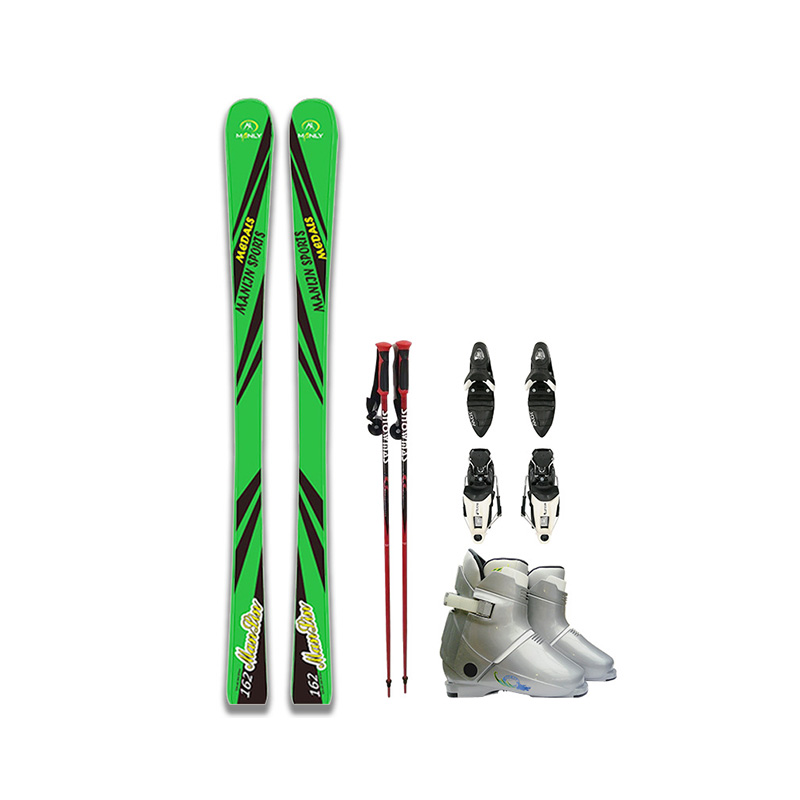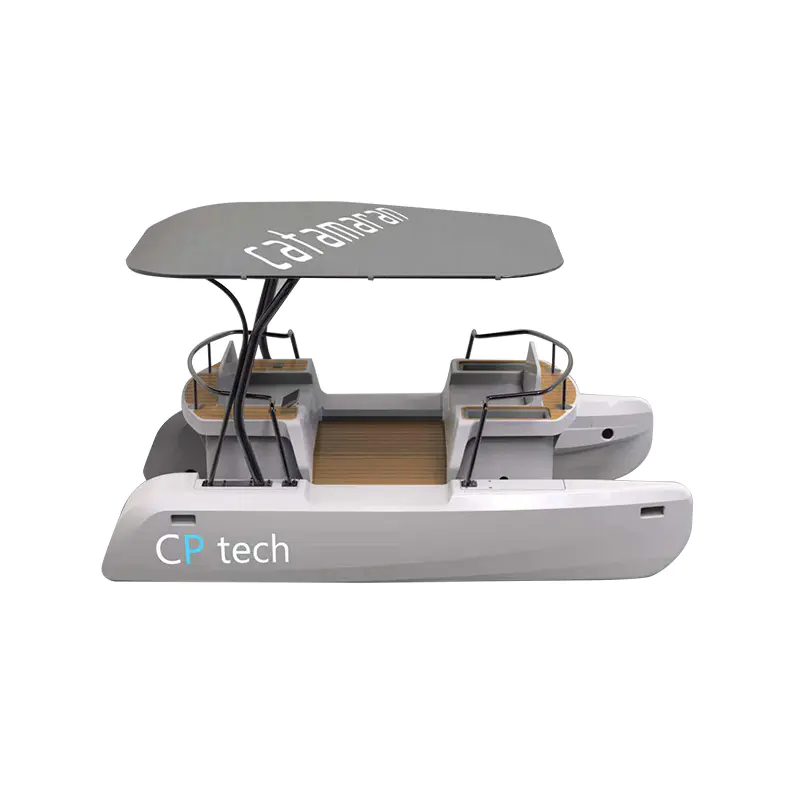Comparing Electric Snow Vehicles to Traditional Gas-Powered Models
2025-08-22

As winter recreation continues to grow in popularity, snow vehicles have become essential for both leisure and utility purposes. Traditionally, gas-powered snowmobiles have dominated the market, offering speed and reliability for a variety of terrain. However, recent innovations have introduced the electric snow vehicle, a cleaner and quieter alternative that is gaining attention from riders and outdoor enthusiasts. Comparing these two options reveals key differences in performance, environmental impact, and user experience.
One of the most noticeable distinctions between an electric snow vehicle and a gas-powered model is the sound level. Electric motors are significantly quieter than internal combustion engines, providing a less disruptive experience in natural environments. This difference is appreciated by those who value the peacefulness of snowy landscapes, as well as by communities seeking to reduce noise pollution during the winter season. Riders on electric snow vehicles can enjoy the sounds of nature without the constant roar of an engine.
Another major factor to consider is environmental impact. A gas-powered snowmobile burns fuel, producing exhaust emissions and sometimes leaking small amounts of oil or gasoline, which can affect snow and soil quality. In contrast, an electric snow vehicle operates without tailpipe emissions, helping to reduce pollution in sensitive mountain and forest areas. This cleaner operation is especially appealing to conservationists and those who frequent protected trails and parks.
In terms of maintenance, electric snow vehicles tend to require less frequent servicing. Without a complex internal combustion system, there are fewer moving parts that need regular upkeep. Riders do not need to worry about oil changes, air filters, or fuel system cleaning. This simplicity can lead to a more convenient ownership experience, particularly for users who prefer to spend more time riding and less time in the garage.
However, range and power delivery remain important areas of comparison. Gas-powered snowmobiles usually offer longer ranges on a single tank, which can be a key consideration for backcountry exploration or extended rides. Refueling is also quicker, allowing riders to continue their activities with minimal downtime. Electric snow vehicles, while quieter and cleaner, may have more limited range depending on battery capacity and terrain. Charging infrastructure in remote snowy areas is still developing, although some resorts and recreational areas are beginning to offer charging stations.
Performance-wise, electric snow vehicles provide instant torque, allowing for rapid acceleration and smooth control. This characteristic can be advantageous when navigating steep terrain or making quick maneuvers. Gas-powered models, on the other hand, may take a bit longer to reach their full power but can maintain consistent speeds over longer distances without concern for battery levels. Depending on the riding style and environment, either option may suit different needs.
Cost is another consideration for many buyers. While electric snow vehicles can have a higher upfront price due to battery technology, they typically offer lower operating costs. Electricity is usually cheaper than gasoline, and fewer maintenance requirements can reduce long-term expenses. For frequent riders, the long-term savings can offset the initial investment. However, for occasional users, the convenience and familiarity of gas-powered models may still hold appeal.
The choice between an electric snow vehicle and a traditional gas-powered model depends on the rider's priorities. Those who value quiet operation, reduced emissions, and lower maintenance might lean toward electric options. Meanwhile, riders seeking extended range, quick refueling, and well-established infrastructure may still prefer gas-powered snowmobiles. As technology continues to evolve, electric snow vehicles are becoming a more viable option for a growing number of winter enthusiasts.

 English
English  русский
русский  عربى
عربى 








